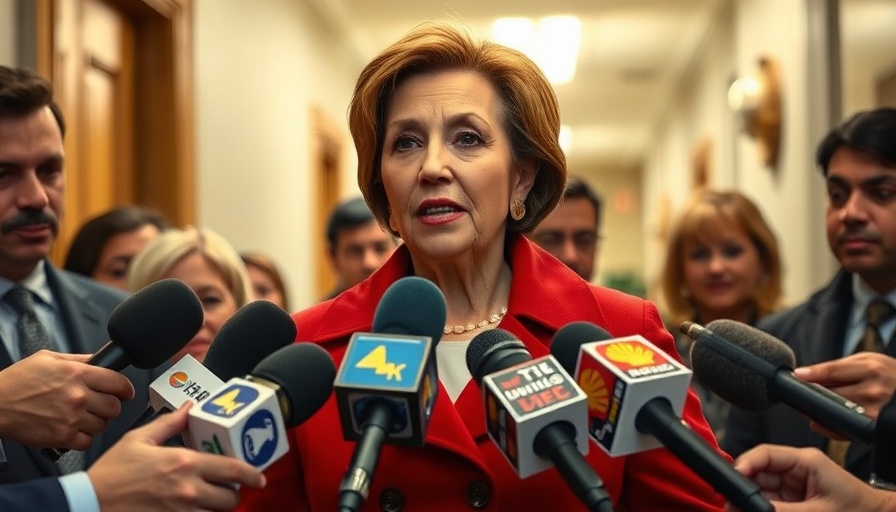
Justin Baldoni's Impact on Workplace Culture Under Scrutiny
In a recent exposé, actor and filmmaker Justin Baldoni faces allegations of fostering a culture of 'toxic positivity' at Wayfarer Studios, a company he co-founded. Former employees have spoken out, suggesting that Baldoni's insistence on maintaining a relentlessly upbeat environment may have detrimental effects on the emotional wellbeing of the team.
According to an anonymous employee who spoke with the Los Angeles Times, Baldoni's philanthropic efforts, like his annual Skid Row Carnival of Love, felt more like publicity stunts than genuine acts of compassion. They recounted how Baldoni would document his charitable giving, raising questions about the authenticity of his intentions. The individual noted, "I’m always a little dubious of people who advertise themselves as disruptors of the status quo or quote-unquote ‘good people.’ It felt phony." This sentiment encapsulates a growing fear among workers: that an overly positive corporate ethos can mask deeper, systemic issues.
Moreover, the integration of Baldoni's personal beliefs, rooted in the Baháʼí Faith, into company practices was reported by several employees. One worker described Baldoni’s approach as "evangelizing," suggesting that his faith-driven positivity might have crossed boundaries that ought to remain professional. Such instances cast doubt on the effectiveness of positivity when it overshadows genuine emotional support and understanding in the workplace.
The Perils of Toxic Positivity in Professional Settings
The critique of Baldoni's approach serves as a timely reminder about the pitfalls of toxic positivity, a phenomenon where an excessive focus on maintaining an optimistic demeanor can lead to the neglect of legitimate emotional struggles. This has become a significant issue in modern workplaces, where communication is often influenced by an unrealistic expectation of perpetual happiness and positivity.
In high-pressure environments, the demand for constant positivity can stifle open communication. Employees might feel pressured to suppress their true feelings, leading to burnout and disengagement. Research shows that a balanced emotional climate—acknowledging both positive and negative experiences—yields better mental health outcomes and productivity in the workplace.
Employee Experiences: The Power of Open Dialogue
The feedback from those within Baldoni’s company underlines a critical need for open dialogue in the workplace. Employees must feel empowered to express their feelings without fear of judgment or repression. Promoting an authentic emotional culture can lead to increased morale and retention rates, as staff members feel heard and validated.
Organizations that encourage authentic communication often see improved teamwork and innovation. Employees are more likely to contribute ideas when they do not worry about maintaining an unrealistic facade. Allowing space for vulnerability can lead to stronger relationships among coworkers, fostering a supportive environment that enhances productivity.
Re-evaluating Workplace Positivity Post-COVID
As organizations emerge from the challenges of the COVID-19 pandemic, creating a balanced workplace culture becomes especially crucial. The pandemic has exacerbated mental health challenges among workers, making it essential for companies to prioritize emotional wellbeing. Initiatives that focus exclusively on positivity may not suffice; instead, companies should invest in mental health resources and training for leadership to handle these discussions appropriately.
In recognizing that not every day can be filled with sunshine, companies can create a more resilient workforce. The post-pandemic landscape offers a unique opportunity for businesses to reassess their values, ensuring that they cultivate environments where all emotional states are acknowledged and appreciated.
Moving Toward a Healther Work Environment
As discussions around workplace culture continue to evolve, it’s clear that balance is key. Employers must advocate for wellbeing by introducing support systems like mental health days, mindfulness programs, and open forums for discussion. These approaches can help dismantle the ‘toxic positivity’ that many employees associate with their experiences at work.
For Justin Baldoni, the feedback from former employees could serve as a wake-up call. By reflecting on his impact and advocating for a more authentic approach to positivity, he might pave the way for a healthier workplace culture—not just within his company, but as a role model for others in the industry.
In conclusion, fostering an authentic emotional culture is not just a trend but an imperative for modern workplaces. Engaging with the complex emotional landscape of employees leads to supportive environments in which productivity and morale can flourish.
 Add Row
Add Row  Add
Add 




Write A Comment